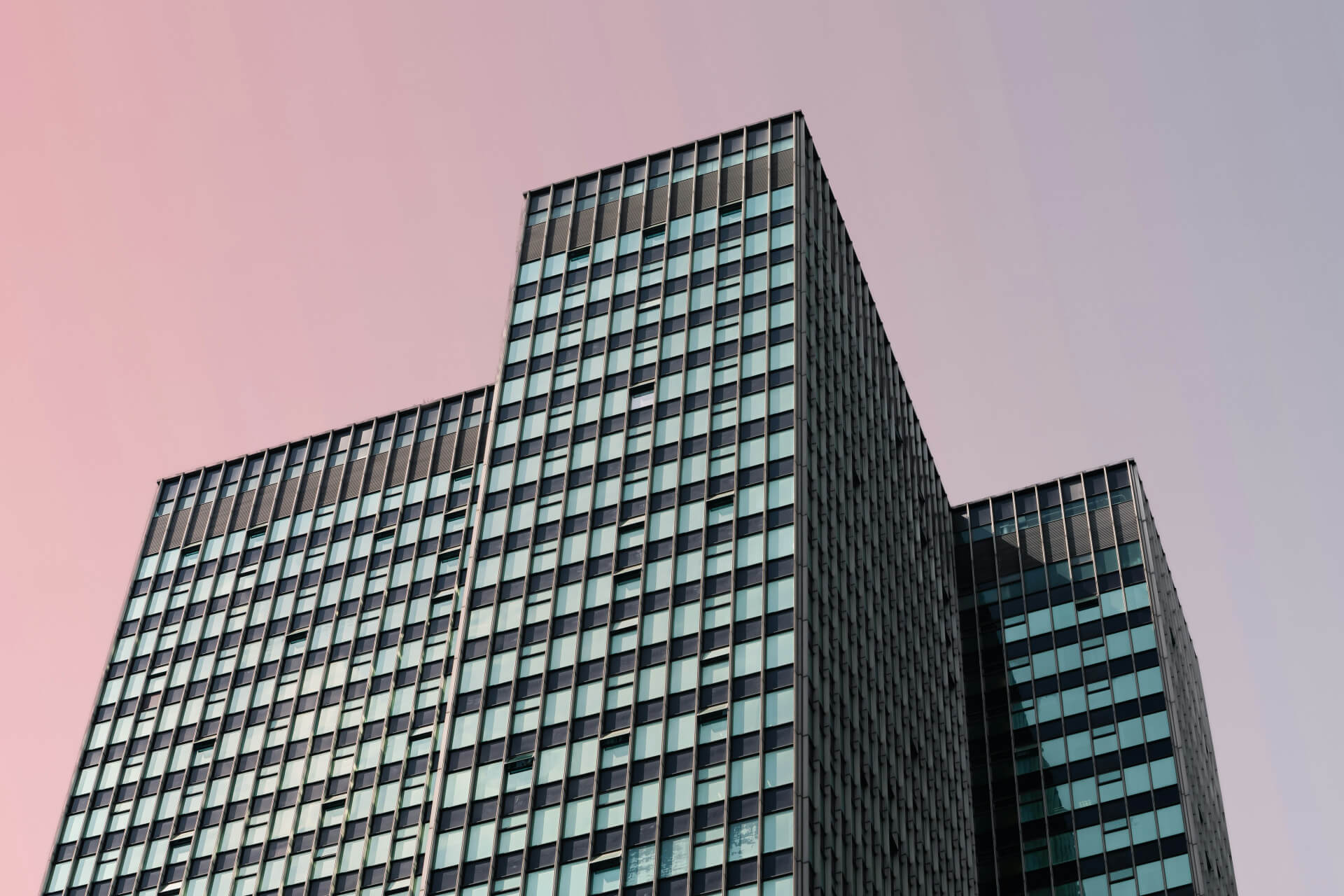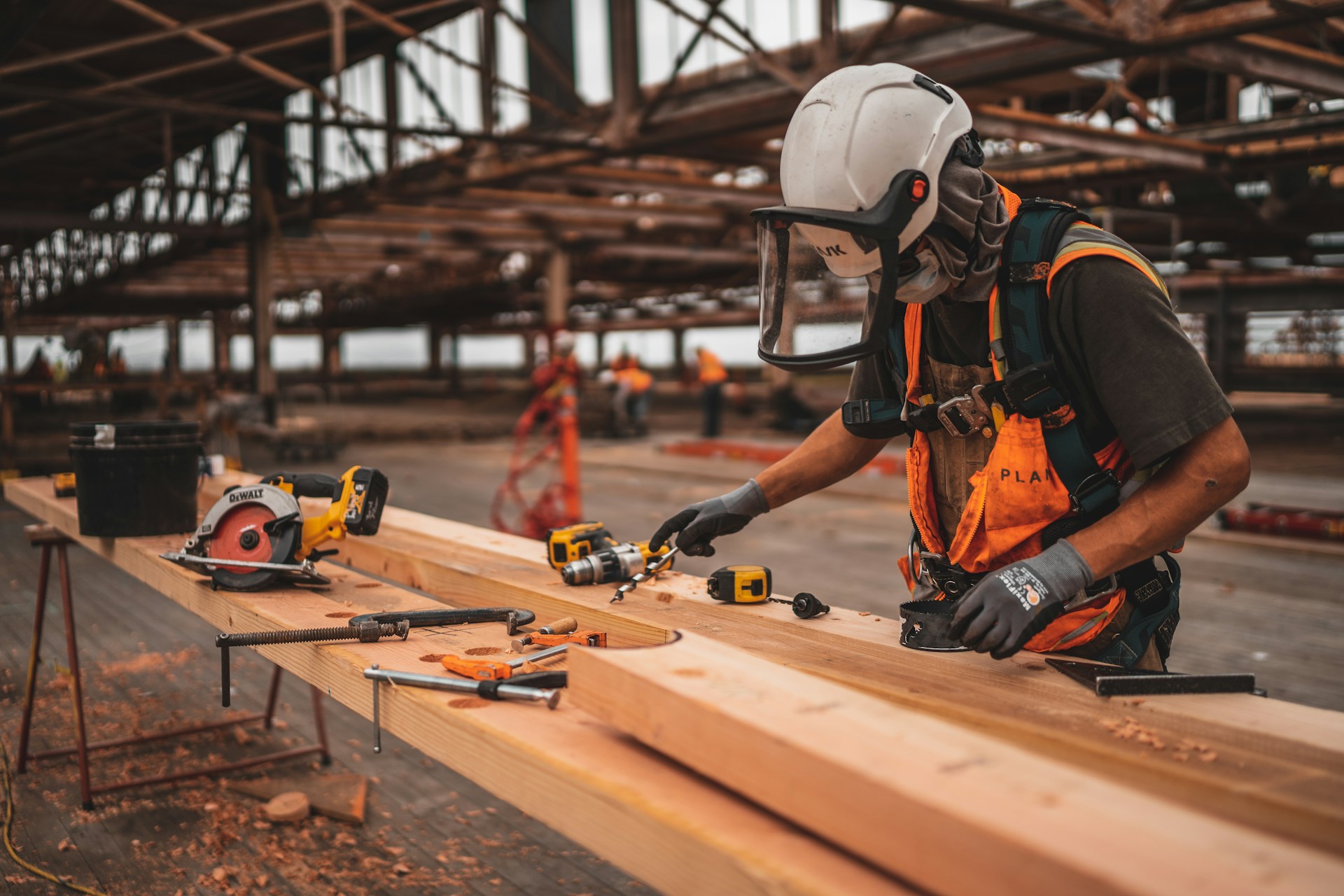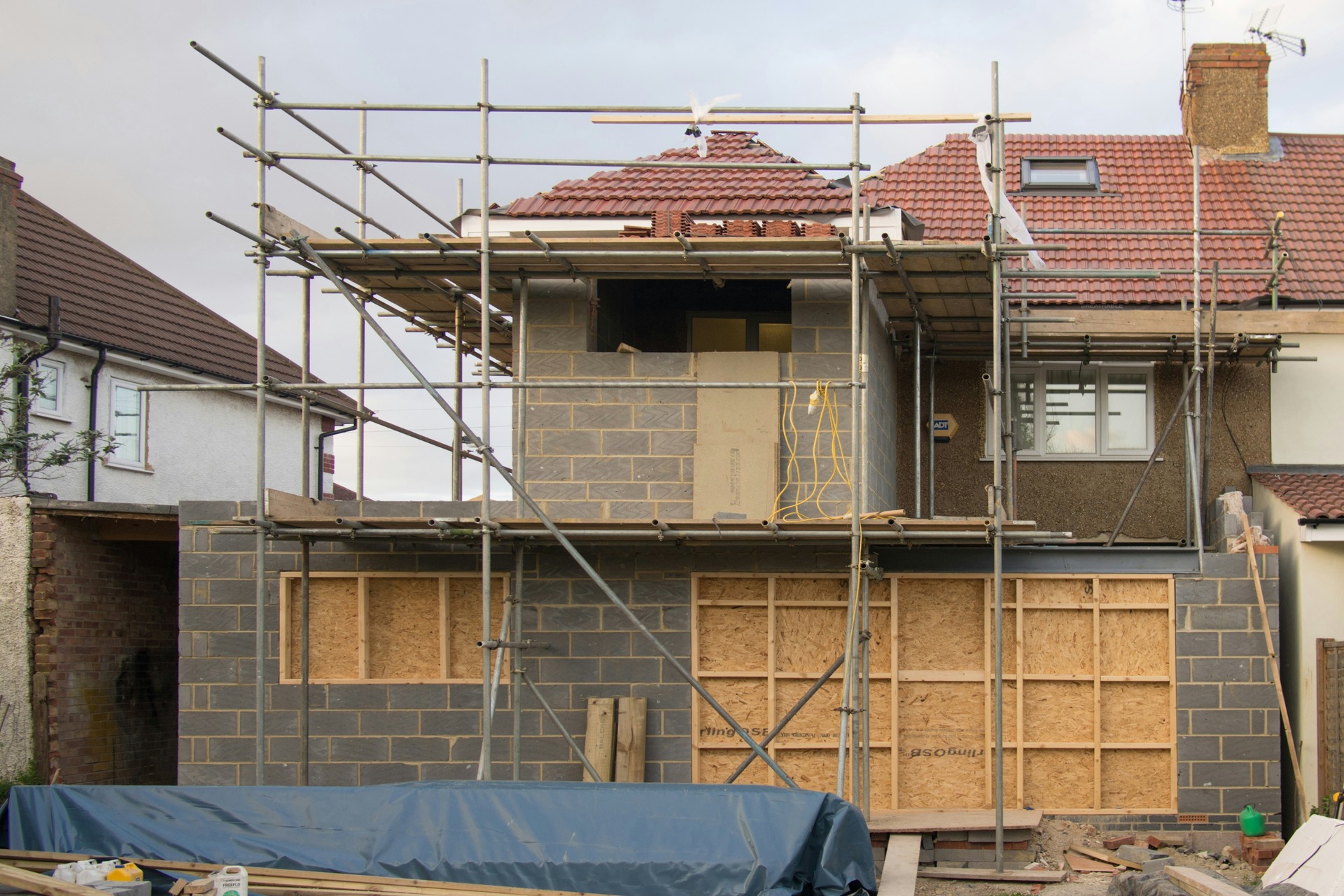
How is Urban Housing Design Changing?
June 30, 2022 - Emily Newton
Revolutionized is reader-supported. When you buy through links on our site, we may earn an affiliate commission. Learn more here.
Urban housing design patterns are constantly shifting. The current style of urban homes depends on cultural shifts. Many apartment residents now look for community spaces in fancy amenities, like gyms.
Another trend is toward a more sustainable lifestyle. Some designers are even reusing old warehouses to create open and unique buildings. With all these cultural shifts, here are a few ways urban housing design is changing.
1. Revamping of Bathroom Spaces
As more people work from home, having a functional space is essential. The kitchen and bathroom are high-traffic areas. So, there is a shift toward expanding these areas. Bathrooms are now bright and welcoming spaces.
New features, such as double vanity, are growing in popularity. With a focus on wellness, the bathroom has become the place to relax. The design now incorporates more natural light and larger showers.
2. A More Communal Kitchen
Kitchens aren’t tucked away in the corner anymore. Instead, there are wider spaces, often with an open layout. This allows for group cooking and a room for family and friends to gather. After spending months in isolation, the need to reconnect is essential to many homeowners.
Along with more space, there is a shift toward high-end appliances. These are often stainless steel, involve smart technology and are energy efficient.
3. The Addition of a Master Bedroom
Many homes now feature master bedrooms as the ultimate relaxation space. It gives parents a secluded area to unwind after a long work day. It also nods back to Colonial architectural styles. Within the master bedrooms, having walk-in closets is an attractive feature.
Here are a few more common decorating themes for a master bedroom:
- Using lighter colors.
- Mixing in antique pieces.
- Decorating with bold patterns.
- Designing in layers.
- Including a seating area.
4. A More Industrialized Style
The industrial style is more popular with the trend toward reusing warehouse spaces. Homeowners want rooms with brick facades, large windows and tall ceilings. A loft-style apartment is another growing theme. This provides another area to relax in or turn into a guest bedroom. It also saves space on the lower levels. One way to spruce up the loft walls is with metal artwork. It is durable and versatile in design.
Here are a few critical elements of this design trend:
- Metal and wood decor
- Exposed pipes, beams and ducts
- Metallic color palette
- Cage lighting
- Open layout
5. Reconnecting With Nature
Many residents value their health and desire a stronger connection to nature. Plus, the sunlight can boost their mood. Although, there is a demand for more private outdoor spaces. These might include balconies on apartment buildings or larger yards for homeowners. Many people add amenities, such as fire pits or outdoor kitchens, for entertaining. Other attractive features to buyers include terraces and community gardens.
Interior designers can add more windows and open entryways to increase natural light. It can also give people a panoramic view of the trees. Also, builders must keep in mind access to clean air. So, there should be high-quality-filtration systems. Homeowners should change the filters at least every three months.
6. Having More Community Spaces
Post-Pandemic, many people value community. Urban housing design is shifting toward redefining public and private spaces. These include gardens, terraces, lounge spaces and inner courtyards. Many apartments advertise these amenities, such as pools, gyms and co-working spaces.
The communal areas are places for residents to meet and connect. It also allows people from different generations and backgrounds to bond. The shift also saves architects’ space by reducing the demand for private amenities.
7. Creating Flexible Spaces
Homes now use movable walls to turn an open concept apartment into dedicated spaces. The idea of flexibility and adaptability is key in future design plans. With people working and spending more time at home, they need to be able to move around items. The office space can be tucked away during the evening or when guests are over. The work area should incorporate natural elements for a more productive environment.
Some homeowners like to decorate the space with plants. A flexible layout allows for a more sustainable design and incorporation of technology. For example, there is a shift toward more energy-efficient homes. Also, there is a push to reduce our carbon footprint during construction.
8. Offering More Access to Public Transportation
With the focus on health, some people are now walking or riding bikes around the city. This also cuts down commute time and prevents them from sitting in traffic. So, access to public transportation systems is key. Plus, with the increased ride-sharing options, people have more freedom to get around.
Smart cities can also increase people’s mobility. For example, traffic speed and usage data can help engineers optimize traffic flow. Using public transportation is more convenient and better for the environment. To further support the planet, more people are buying electric cars.
9. An Emphasis on Health
After the pandemic, many people are more focused on their health. So, it’s essential to keep this in mind when designing buildings. Technology is helping to reduce viruses and pollutants. Quality air filters are a common feature in urban housing design.
Another trend is using naturally antibacterial material like copper or cork. Also, certain appliances may use UV light to disinfect t home products quickly. In addition, proper ventilation is critical to clean indoor air. So, using smart HVAC systems can remove toxins.
10. Including Affinity Hubs
Hybrid work seems to be the new norm for now. So, these pubs offer amenities and promote outdoor collaboration. The space aims to bring people together through shared amenities and key institutions. For example, seating areas, food options and computer stations could be available.
The hub is the perfect spot for sharing and learning new ideas. It can allow people with common interests to connect. The affinity hubs also promote diversity.
.
11. Using Data to Make Decisions
It’s important for renters to co-manage public spaces. Builders can use data mining strategies to learn about their preferences. This helps drive design plans and ensure engineers are making the right modifications. For example, designers can use underused lots to create community and wellness spaces.
Technology can also help in the construction process. It can assist in creating blueprints and testing ideas.
Here are a few examples of devices:
- Drones
- Building information Software (BIM)
- Virtual Reality
- 3D printing
- Artificial Intelligence
12. Taking Advantage of Technology
Artificial intelligence (AI) can help understand how to make smarter spending choices. The devices can create algorithms to test urban theories. Some startups are using AI to analyze data about cities.
This allows them to gain knowledge of the area’s characteristics and compositions. AI technologies have already helped to build complex structures and prefab houses.
The Shift in Urban Housing Design
Urban design has changed over time. Due to cultural shifts and the pandemic, people’s needs are different. They want more open layouts to connect with nature and feel a greater sense of community.
Revolutionized is reader-supported. When you buy through links on our site, we may earn an affiliate commission. Learn more here.
Author
Emily Newton
Emily Newton is a technology and industrial journalist and the Editor in Chief of Revolutionized. She manages the sites publishing schedule, SEO optimization and content strategy. Emily enjoys writing and researching articles about how technology is changing every industry. When she isn't working, Emily enjoys playing video games or curling up with a good book.






